Mahindra BE 6e Infotainment MAIA AI Snapdragon Review: When I first nestled into the BE 6e’s driver seat, I was struck by something extraordinary—this wasn’t just a car; it was a living, breathing companion. The soft glow of dual screens, the gentle hum of Dolby Atmos, and that AR HUD greeting—it felt like being welcomed by an old friend who’s been waiting just for me.
Mahindra BE 6e infotainment review
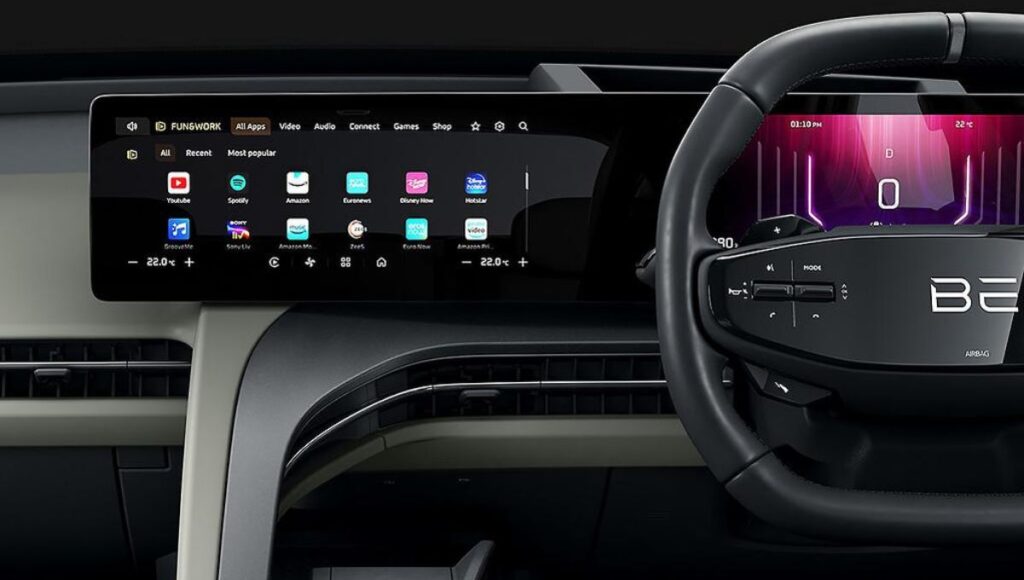
Mahindra BE 6e infotainment review
Let’s begin with the brain of the BE 6e’s cabin—its infotainment. At the heart is the Qualcomm Snapdragon 8295 automotive SoC, paired with a staggering 24 GB RAM and 128 GB storage, all woven together by Mahindra’s proprietary MAIA AI architecture. This combination empowers lightning-fast responses—whether you’re switching between apps, making an AR-enabled call, or streaming your favorite podcast.
MAIA AI Snapdragon
MAIA, or Mahindra Artificial Intelligence Architecture, transforms the cockpit into something far beyond mere tech. Whether you’re lost in music, craving weather updates, or in need of intelligent safety prompts, MAIA AI Snapdragon processes thousands of tasks per second. It even integrates over 60 apps, and intuitively brightens your drive with curated modes—like Calm, Cozy, or Club—setting the mood just right.
Snapdragon 8295
Powered by the Snapdragon 8295, this EV delivers more than horsepower—it offers horsepower for your senses. Whether you’re scrolling through playlists or switching HUD themes, there’s no lag, no stutter—just smooth transitions so seamless, they feel magical. The Adreno GPU supports stunning graphics across multiple screens—literally cockpit-grade visuals.
BE 6e AR HUD
Then there’s the AR HUD—a sleek heads-up display that projects speed, navigation prompts, and ADAS alerts directly onto your windshield. Mid-drive, I glanced up and felt like a pilot—not a driver. This AR overlay means critical info stays within your line of sight, which feels safer, more immersive… more you.
BE 6e Dolby Atmos audio
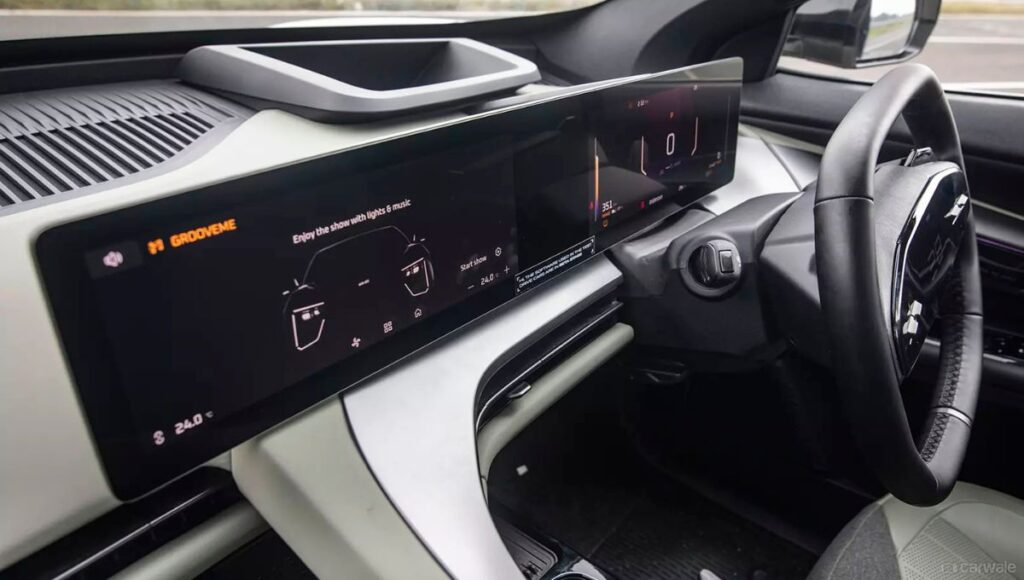
Hit play, and the cabin transforms. A virtual orchestra surrounds you: 16-speaker Harman Kardon with Dolby Atmos delivers cinematic audio quality—birds chirp overhead, bass hums deep in the rumble, voices appear crystal-clear. With purpose-built sound profiles and an intuitive equalizer, you don’t just listen—you experience.
Feature Overview
| Feature | BE 6e Specs |
|---|---|
| Chipset & RAM | Qualcomm Snapdragon 8295, 24 GB RAM, 128 GB storage |
| Connectivity | Wi‑Fi 6.0, 5G, Bluetooth 5.2 |
| Infotainment | Dual 12.3″ screens, AR HUD, 60+ apps |
| Audio | 16‑speaker Harman Kardon, Dolby Atmos |
| AI & Updates | MAIA AI, OTA updates, ADAS Level 2+ |
I felt connected—my car wasn’t just serving me; it was anticipating me. It greeted me differently on calm mornings than after a busy day. The experience was personal, powerful, and profoundly human.
Web Story
Click here for the above Web Story.
YouTube Short
FAQs
What is MAIA in Mahindra?
MAIA stands for Mahindra Artificial Intelligence Architecture, the “magical brain” of BE 6e. It processes over 51 trillion operations per second, delivering seamless connectivity, personalized responses, and safety features like in-cabin monitoring and advanced ADAS
What is Mahindra AI?
Mahindra AI refers to the integrated suite of intelligent tech—MAIA—that enables smart functions like mood-based ambient settings, AR navigation, driver alertness detection, and OTA updates, all powered by the Snapdragon 8295 chip.
What is the use of AI in cars?
AI enhances driving by processing sensor inputs (cameras, radar, etc.) to offer driver assistance, safety alerts, personalized cabins, and autonomous functions like autopark and adaptive cruise control.
Do automatic cars use AI?
Yes, beyond just automatic transmissions, modern vehicles use AI-driven systems—like Level 2 ADAS, self-parking, and driver monitoring—to assist or partially automate driving functions.
Do car sensors use AI?
The sensors themselves (e.g., cameras, radar) are hardware, but AI-powered algorithms analyze their data—detecting vehicles, obstacles, signs, and driver behavior for real-time decision-making.
What is the difference between AI and sensors?
Sensors collect data (visual, ultrasonic, radar), while AI interprets that data—deciding whether to brake, steer, or alert the driver. Together, they form the “eyes” and “brain” of modern vehicles.
What is the difference between automatic and AI?
An automatic car typically refers to an automatic gearbox—it performs gear shifts without driver input. AI involves intelligent decision-making, such as adaptive acceleration, braking, in-car personalization, and safety systems.
Does an automatic car use AI?
Some automatic cars include AI features—like AI-enhanced adaptive cruise control, lane-keeping assistance, or safety alerts—but not all automatics have such AI integration.
⚠️ Disclaimer:
This review uses data from Mahindra EV’s official specs and trusted automotive journalists. Features may vary by variant or software updates. User experience may differ based on settings and preferences.
Read Also:

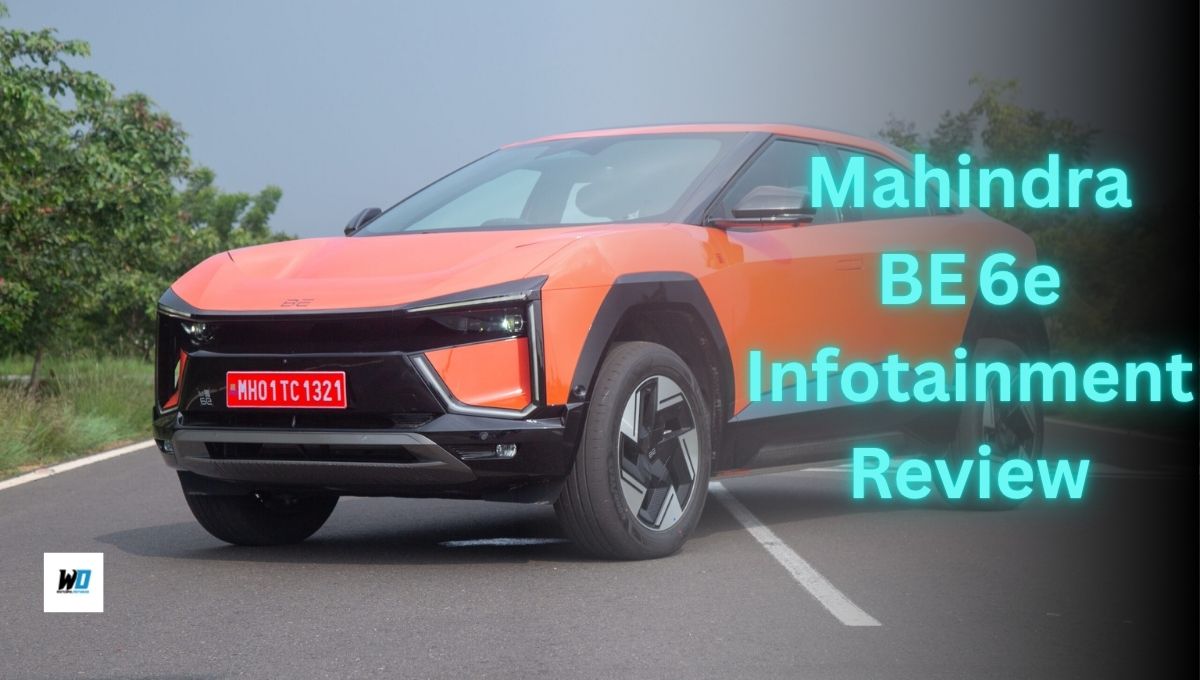
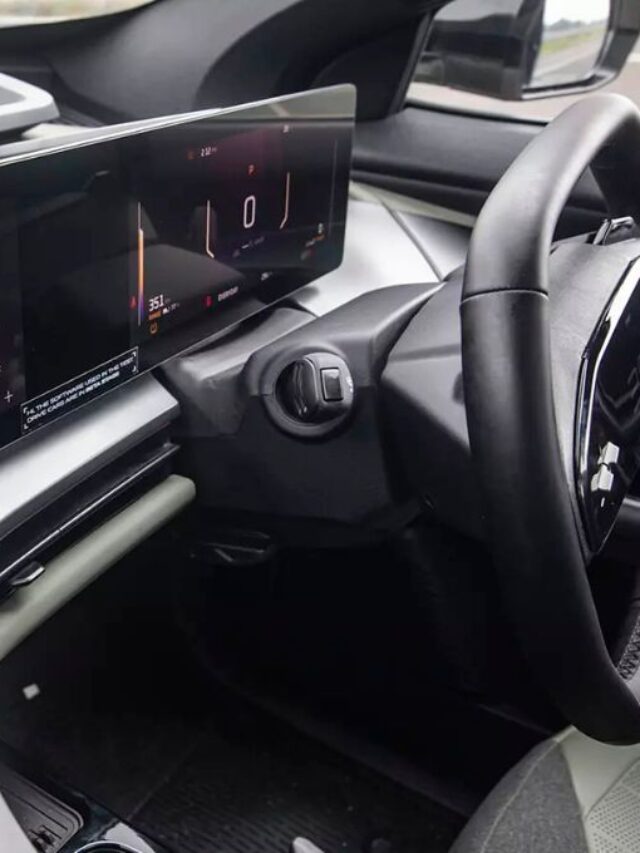
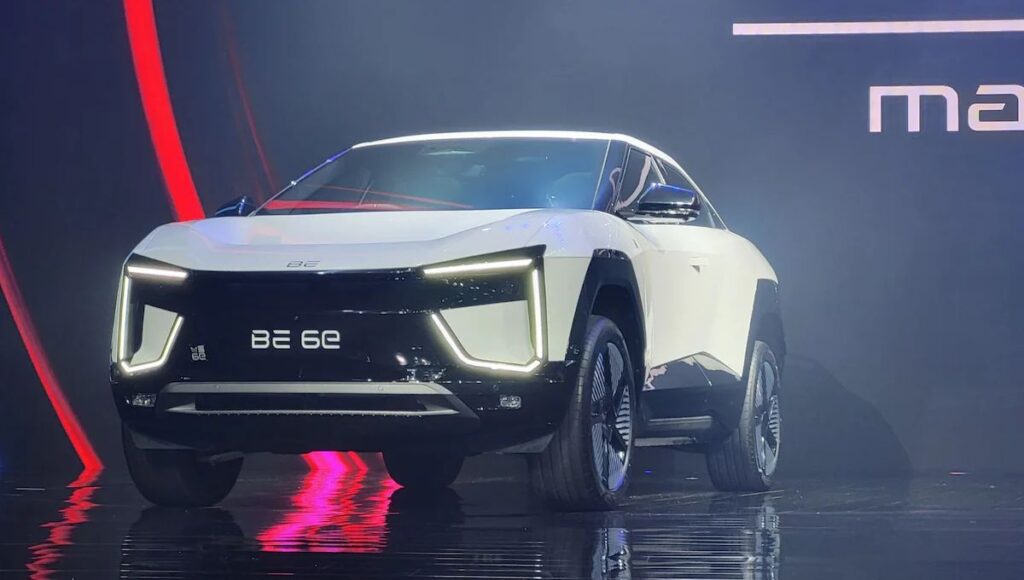
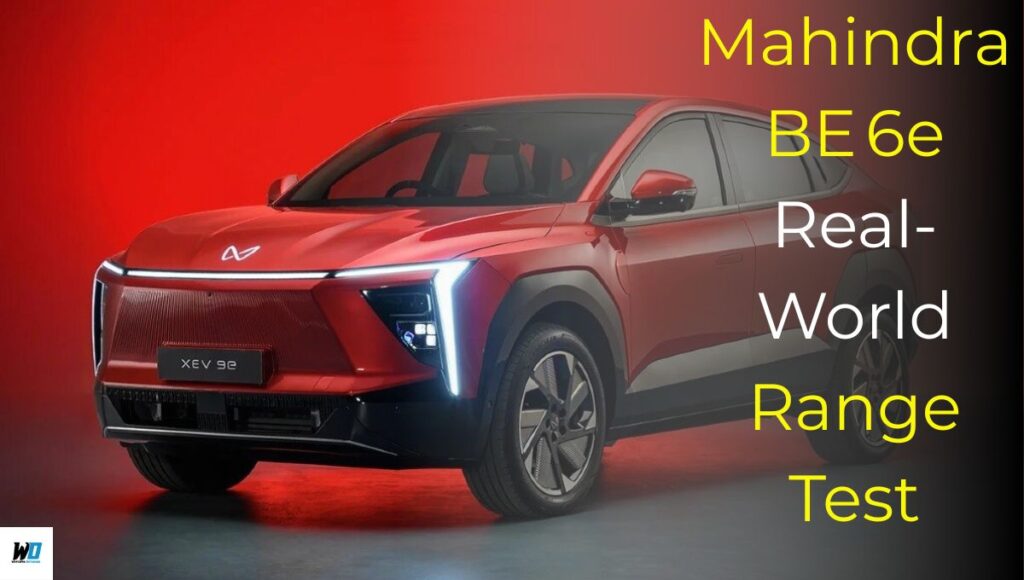
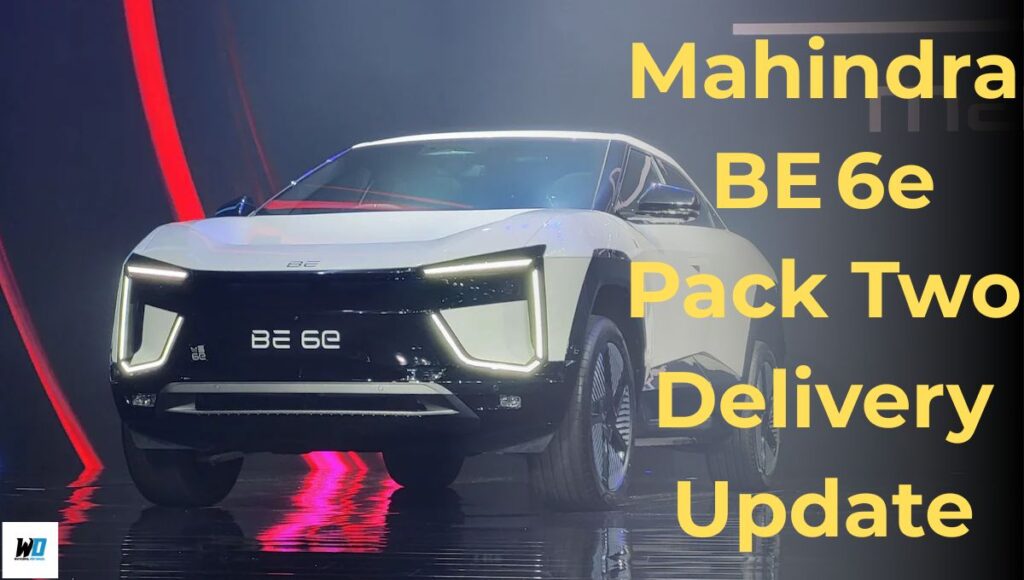
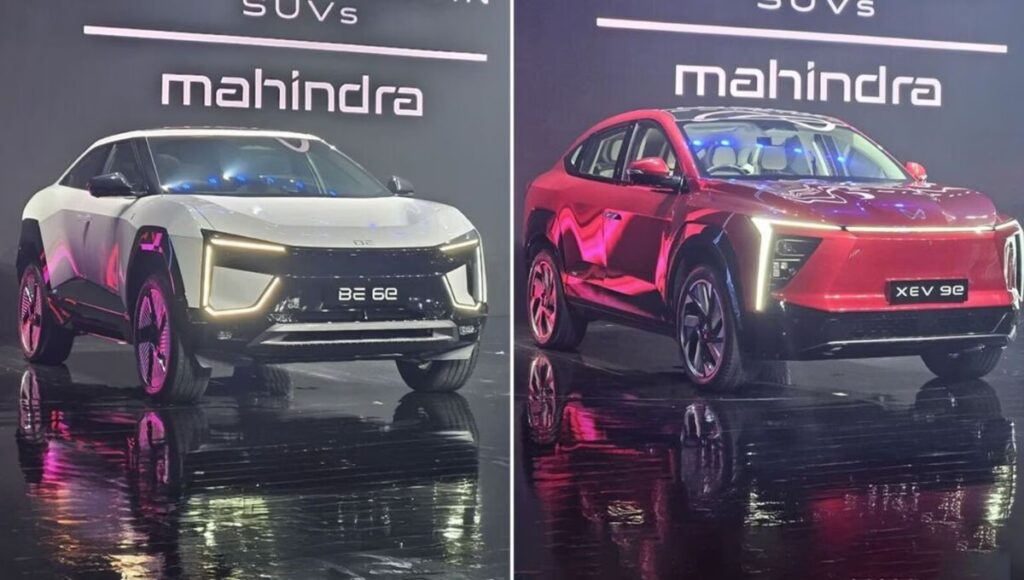
3 thoughts on “Mahindra BE 6e Infotainment MAIA AI Snapdragon Review : 24 GB RAM, AR HUD & Dolby Atmos Magic!”